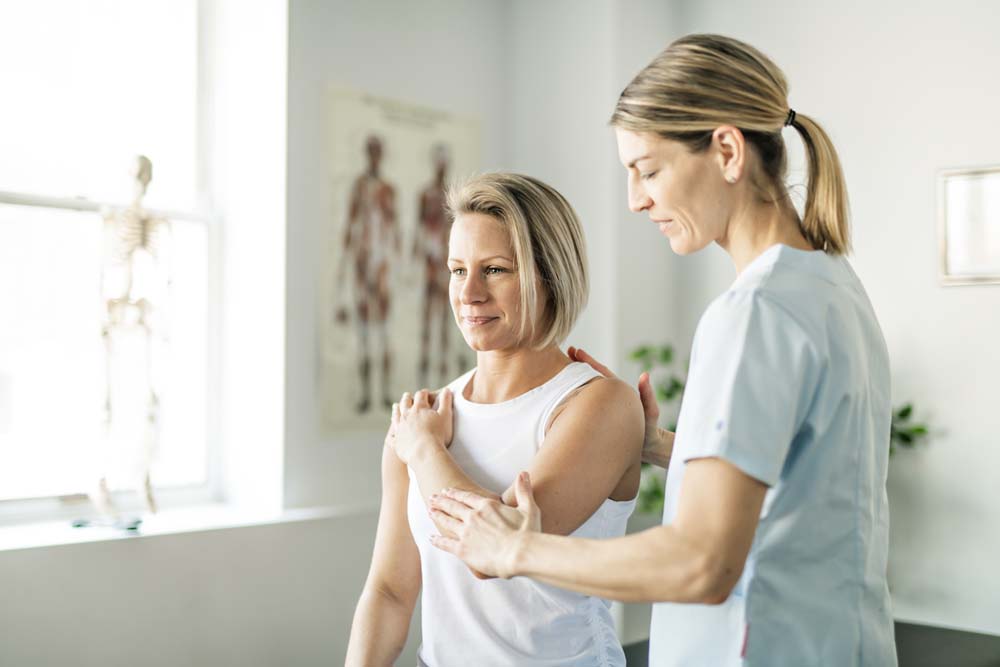Comprehending various Approaches for Physical Rehabilitation toward Improved Restoration and Restoration
Comprehending various Approaches for Physical Rehabilitation toward Improved Restoration and Restoration
Blog Article
Bodily treatment represents an important part of rehabilitation and restoration for numerous people. This assists individuals restore power, enhance mobility, and lessen discomfort after traumas or operations. There are techniques to bodily rehabilitation, each tailored to satisfy the specific demands of individuals. Comprehending these diverse approaches can help people take informed determinations about their rehabilitation process.
A common technique to physiological treatment is hands-on therapy. Such method involves direct treatment by a bodily therapist to adjust muscles and joints. Physical therapy can aid alleviate soreness, enhance circulation, and enhance flexibility. Therapists may employ techniques such as kneading, joint adjustment, and flexibility exercises to help clients recover. Such approach is frequently helpful for those with musculoskeletal problems, such as back discomfort or arthritis, as it concentrates on the physical components of healing.
An additional important technique is therapeutic physical activity. This approach involves targeted activities crafted to boost vigor, stability, and dexterity. Physiological specialists develop customized exercise regimens based on the patient's situation and aims. These activities can range from basic exercises to more challenging activities. Restorative exercise is crucial for rebuilding power after an incident and preventing subsequent complications. It additionally helps individuals recover confidence in their physical skills, which is crucial for complete healing.
Water-based treatment is a different beneficial technique that uses water to support in healing. Such technique leverages the support of aqua, which lessens the stress on articulations and enables simpler movement. Patients can perform exercises in a pool, making it a great alternative for those with constrained flexibility or soreness. Water-based rehabilitation can assist improve strength, mobility, and resilience while delivering a nurturing setting for rehabilitation. It is particularly beneficial for clients rehabilitating from procedures or those with long-term discomfort conditions.
Lastly, learning and autonomy are essential elements of physical therapy. Physical therapists also deliver care but additionally teach patients about their issues and how to handle them. This includes understanding anatomical function, posture, and the importance of staying involved. With enabling individuals with information, practitioners help them take an engaged part in their rehabilitation. This technique promotes patients to continue their healing beyond treatment sessions, contributing to improved long-term effects.
In summary, physiological therapy delivers multiple approaches to enhance rehabilitation and recovery. Manual therapy, restorative physical activity, aquatic treatment, and learning all serve significant functions in assisting individuals recover their power and mobility. All approach is designed to satisfy the distinct demands of individuals, ensuring a complete method to healing. With comprehending these different approaches, patients can better handle their recovery path and work website here towards attaining their recovery goals.